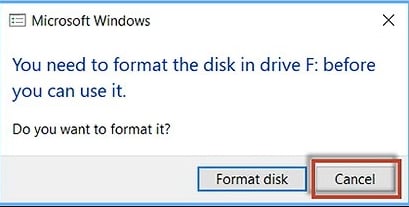
Insert SD Card
Insert a SD card (nominally a 32GB card) into your PC's SD card reader or SD card slot
If you have used this card before, Windows may show a pop-up window offering to format the card
Click 'Cancel'
Follow these simple steps to convert your Raspberry PI into a free NAS and Secure Personal Cloud Server
Store/Backup your files on an attached USB drive in the security of your own home network and share with any Windows, Mac, Linux, iOS or Android device on your home network or over the Internet (your personal Cloud)

Insert a SD card (nominally a 32GB card) into your PC's SD card reader or SD card slot
If you have used this card before, Windows may show a pop-up window offering to format the card
Click 'Cancel'
Format your SD card, it is strongly recommended that you use SD Card Formatter rather than using Windows to format the SD card
The formatting tools provided with operating systems may not see all the partitions on the SD card and it may result in not all the available space being formatted
The Volume label name is not important
Download the MyUsbDrive image ZIP file "MyUsbDrive_v5.0.2.zip"
Use Raspberry Pi Imager or Etcher to extract the image file to a new or newly formatted SD card
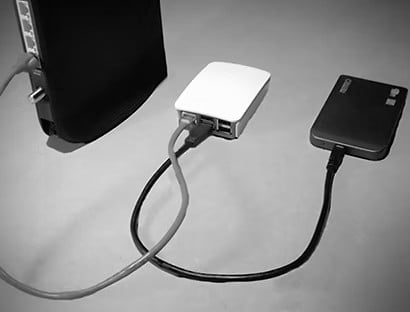
Insert the MyUsbDrive (MUD) SD card into your Raspberry PI
Attach a USB hard drive to your Raspberry PI
You don't need to make any changes to the drive
NTFS, exFAT and Fat32 file formats are all supported
One drive is supported - Must be formatted with just one partition
1- Plug your Raspberry PI to your Router using an Ethernet cable
2- Connect the Raspberry PI to a TV/Monitor
3- Turn the Raspberry PI on
MyUsbDrive (MUD) is now ready to be utilised
Should you wish to connect MUD via Wi-Fi, you may get reduced performance
However, it can be done; instructions can be found in Fine Tuning
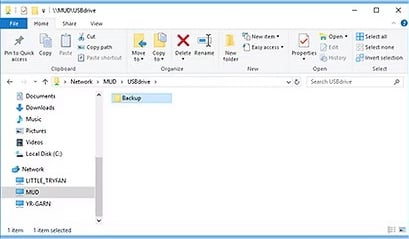
Open "File Explorer"
'MUD' (MyUsbDrive) will show up as a network device after a few minutes
Clicking on the 'USBdrive' folder will give you access to all the files on the USB drive that you plugged in to you Raspberry Pi
Lots of clever things can be done with your new NAS
See Silver Lining or Fine Tuning
Should 'MUD' not automatically appear
Check your 'Network Sharing' settings
Settings>Network & Internet>Advanced network settings>Advanced sharing settings
And/Or see the procedure below:
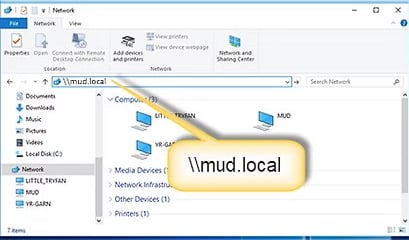
Should 'MUD' (MyUsbDrive) not automatically appear in your "Network" list, enter \\MUD.local in the Explorer search bar
Click on 'USBdrive' to access the connected Hard Drive
Lots of clever things can be done with your new NAS
See Silver Lining or Fine Tuning
NOTE: ⚠️ Security Warning – MyUsbDrive ⚠️
No security is enabled by default. Any computer or user connected to your network will have full read and write access to any USB drive shared by MyUsbDrive
Strongly recommended:
To protect your device and data Change the default Password immediately
If security is important for your setup, please go to Fine Tuning for details on re-setting password access to the shared USB drive
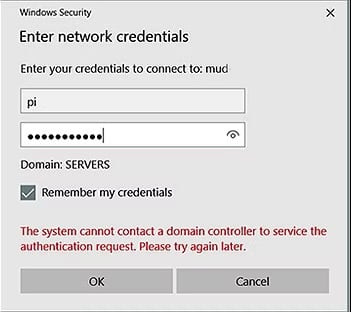
When connecting to 'MUD' from a PC or Laptop which is normally connected to a Domain i.e. a Work Laptop. You may be asked to enter a 'User Name' & 'Password'
User Name = pi
Password = myUSBdr1ve! (default & case sensitive)
Password = ??????? (as re-set by you)
Tick 'Remember my Credentials' and you will not need to enter the Login credentials next time